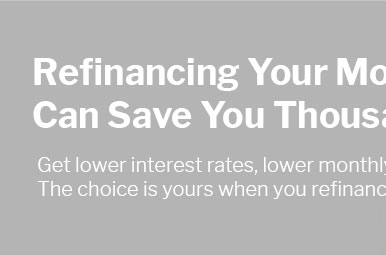 |
 |
 |
 |
|---|
 |
||
|---|---|---|
 |
||
 |
||
 |
||
 |
||
 |
 |
 |
 |
 |
 |
5 year refinance rates explained and what to expectWhat is a 5-year refi?5 year refinance rates typically refer to a 5/1 ARM used for refinancing: you get a lower, often introductory rate fixed for five years, then the loan adjusts annually. In some markets, it can also mean a true five-year fixed term. Either way, the draw is a smaller payment upfront compared with longer fixed options, trading long-term certainty for near-term savings. How these rates are setLenders price them based on credit score, loan-to-value, occupancy, discount points, and market benchmarks. Expectations for inflation, central bank moves, and yield curve shifts also matter. Paying points can trim the rate, but only helps if you keep the loan past the break-even. Who might benefitThis structure can suit borrowers who plan to sell, refinance, or pay down aggressively within five to seven years, or who want to refinance quickly to capture cash flow relief now.
https://www.veridiancu.org/rates/loan-rates/mortgage
5 Year ARM, $500,000, [ Show Rate ], [ Show Rate ], [ Show Payment ]. 7 ... https://www.wellsfargo.com/mortgage/rates/
Mortgage interest rates today ; 15-Year Fixed Rate - 5.625% - 5.851% ; 30-Year Fixed-Rate VA - 5.875% - 6.106% ; 30-Year Fixed Rate - 6.625% - 6.779% ; 10/6-Month ARM. https://www.nerdwallet.com/mortgages/refinance-rates/5-1-arm
The average APR on a 15-year fixed-rate mortgage rose 3 basis points to 5.960% and the average APR for a 5-year adjustable-rate mortgage (ARM) fell 15 basis ...
|
|---|